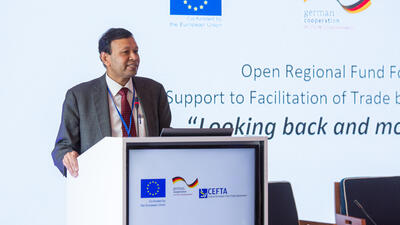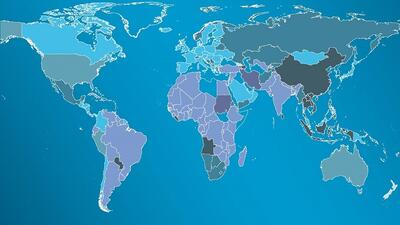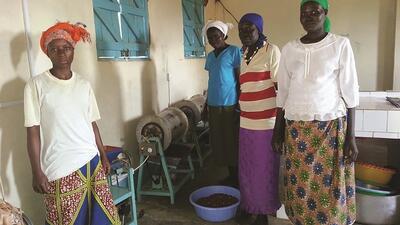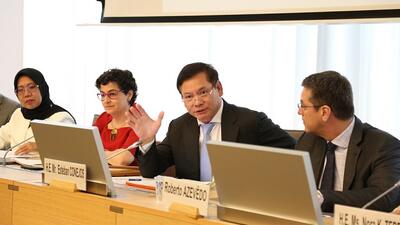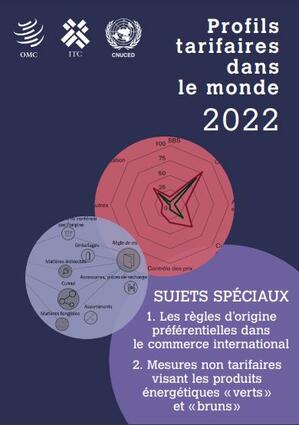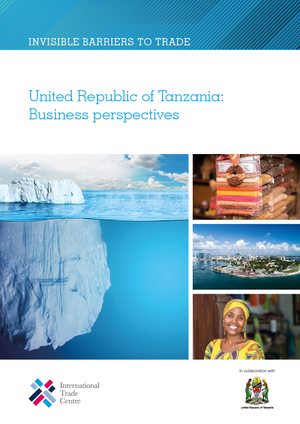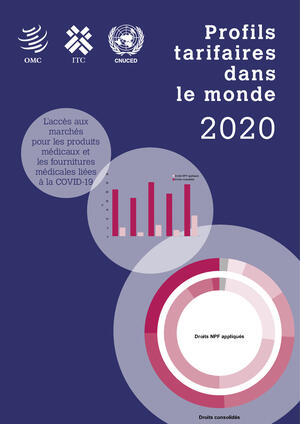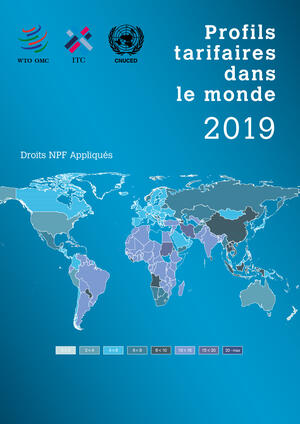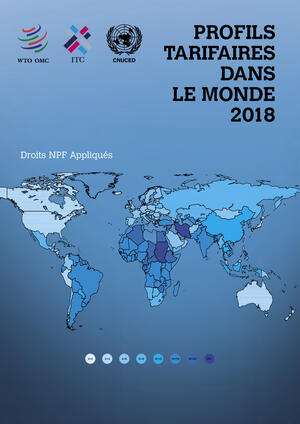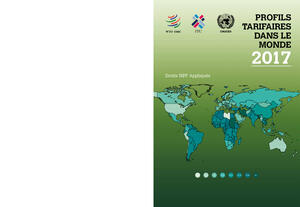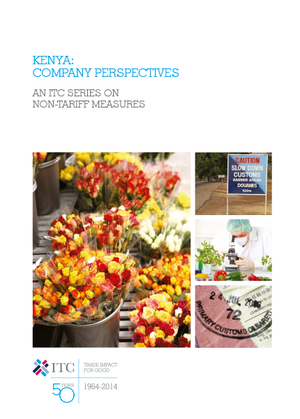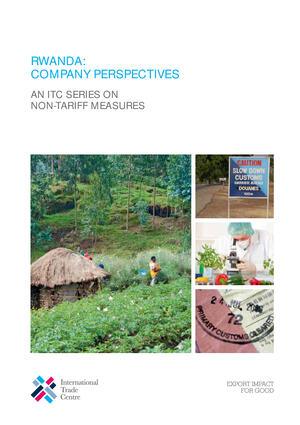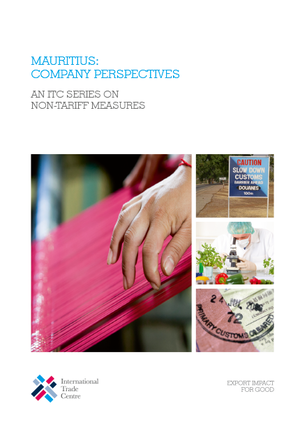

Regulatory and procedural constraints hinder Ugandan ICT exports (en)
A new report explores the characteristics of Ugandan technology firms finds that the sector promotes intraregional trade and the inclusion of women and youth in the economy. But regulatory and procedural hurdles make it difficult for many exporters to reach foreign markets.
A new report – Firms’ characteristics and obstacles to ICT services trade: Indicative evidence from a company survey in the Ugandan ICT sector – was released on 21 January, during the fifth edition of Annual Export Week organized by Uganda Export Promotion Board (UEPB) under the theme ‘Unlocking Uganda’s Export Potential’.
The report argues that Ugandan technology companies would benefit from a regional discussion targeting harmonization and ways to ease the regulatory burden on African services trade. Facilitating such a dialogue, ideally during African Continental Free Trade Agreement negotiations, is one of nine headline suggestions of the report.
Watch Nation TV Uganda coverage of the launch
The issue is important in Uganda, where the information and communications technology (ICT) sector is growing at a rate of around 20% a year. According to a 2017 paper on e-commerce, Uganda is one of the top 10 low-income countries with the highest share of services exports coming from the ICT sector.
It’s also a beneficiary of the International Trade Centre’s (ITC) Netherlands Trust Fund IV (NTF IV) project, which aims to strengthen small and medium-sized information technology (IT) enterprises.
The report, jointly written by the Uganda Export Promotion Board (UEPB) and ITC, examines the characteristics of Ugandan tech companies to better understand the opportunities and problems stemming from cross-border trade in ICT services. The report, which puts its main focus on exporting companies, is based on online surveys and telephone interviews with companies that focus mainly on developing software that requires specific IT programming skills.
Elly Twineyo Kamugisha, executive director of UEPB, noted: ‘IT products and services, as well as IT-enabled services, form an important part of Uganda’s export diversification effort.’
The report found that more than half of the 57 companies surveyed already export, and many others aim to follow suit in the next two years. These enterprises mostly target countries in the Eastern African Community region and the rest of Africa.
Tackling barriers to trade
A majority of the exporting companies face trade obstacles such as tough regulations and administrative procedures. Almost three-fourths must contend with barriers, with 43% saying they also struggle to source key inputs from abroad. Along with infrastructural issues such as payment systems and internet connectivity, exporters must grapple with arduous market access requirements. Destination markets impose some of these requirements, but others stem from a lack of tax harmonization and tariffs that affect imports of essential goods and services.
‘Addressing the regulatory obstacles related to IT service exports is…vital to foster regional trade integration through technology,’ the report says, which also calls for a broader survey to strengthen the base of evidence for taking policy action.
‘The IT sector in Uganda is still negligible in terms of size, but it has the potential to absorb the
unemployed but educated youth,’ said Grace Labong Achire, chief executive of Vantage Communications Group. ‘There is a need for policy intervention to support the sector and build the required economies of scale for it to become internationally competitive.’
Several key African markets including Rwanda, Nigeria and Ethiopia require a local presence to provide services, the survey found. This represents a ’huge constraint’ to cross-border trade in light of the costs to open a foreign affiliate, identify partners and comply with national rules. Taxation was another major concern of the surveyed enterprises, along with certification and management of international payments.
Among other recommendations, the report calls for coordinated taxation systems, reciprocal recognition of licenses and certifications, and improved transparency of import duties for ICT goods and related customs procedures.
Inclusion of youth and women
Uganda’s ICT sector, especially the start-up segment, promotes the inclusion of youth and women, the survey results show. People under the age of 35 own or manage 75% of the firms that participated in the survey and 93% of the start-ups. Women own or manage about 46% of the enterprises, according to the survey.
‘Women represent 34% of the Ugandan ICT sector workforce: a relatively high percentage when compared to the 22% average female employment encountered across companies trading agricultural and manufacturing goods,’ the report says. However, women-led ICT companies also appear to face more obstacles.
‘It is important to ensure that women are not left out from the forthcoming developments in this sector There is a need for gender-disaggregated data to identify and implement inclusive policies to increase women participation in the sector,’ said Achire.
NTF IV is based on a partnership agreement between ITC and the Dutch Centre for the Promotion of Imports from developing countries (CBI).
ITC has conducted large-scale business surveys through its Non-Tariff Measures Programme since 2010. The surveys aim to identify the obstacles that firms in developing countries face and equip policymakers with information they can use to address sectoral challenges.






